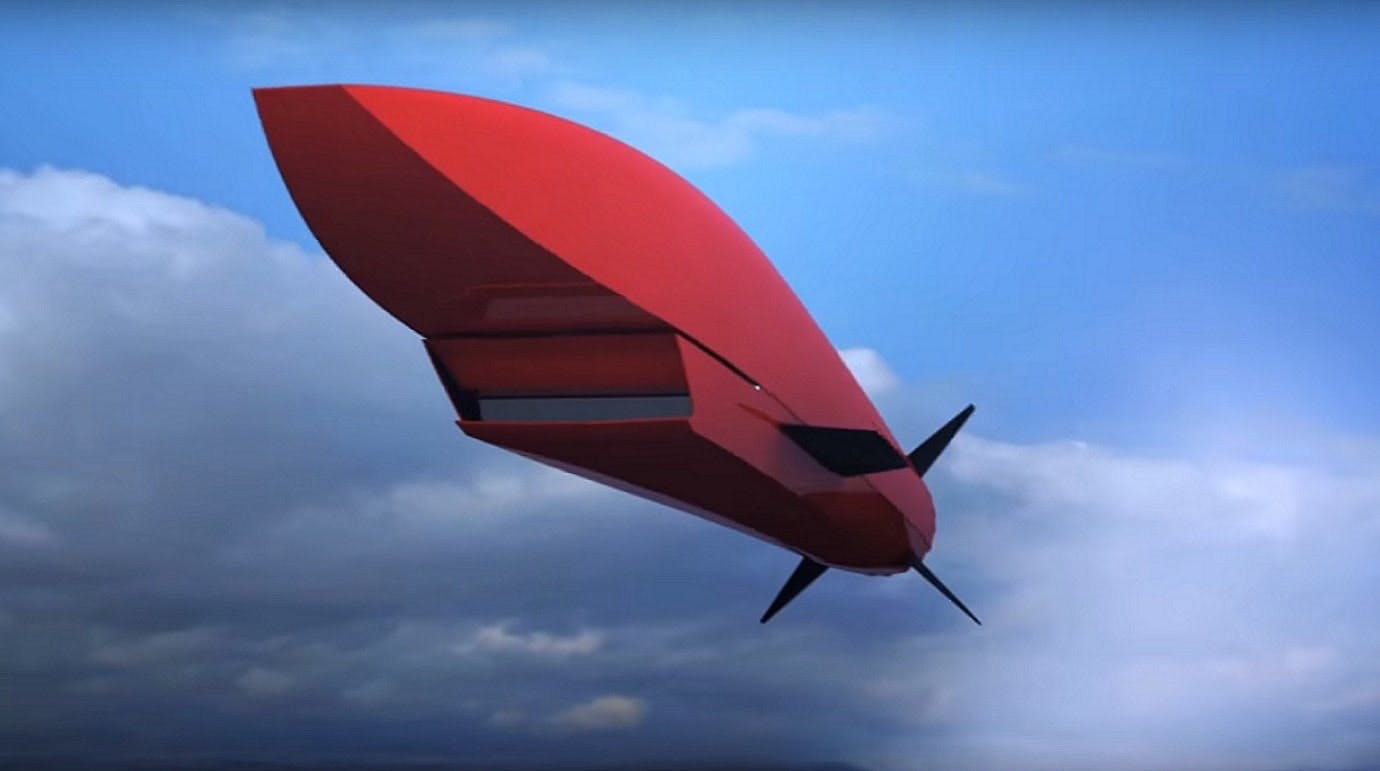Ashish Dangwal
The Ministry of Defence of the United Kingdom (UK) recently announced that it had chosen a number of crucial future technologies on which it expects to spend $2.5 billion over the next four years.
The ministry revealed that the country will concentrate on programs to develop “the generation-after-next of military capabilities” between 2022 and 2026. However, one initiative, in particular, has garnered attention: the development of hypersonic weapons.
According to this press release, the British Armed Forces will be better equipped against future threats by developing a new weapon demonstrator capable of operating at hypersonic speeds.
Furthermore, the country will increase research into AI technologies in order to understand how they could aid front-line service personnel. It will also invest in improving intelligence, communication, and surveillance capabilities in space.
Defence Science and Technology Laboratory or Dstl Chief Executive Dr. Paul Hollinshead said, “Dstl’s world-class scientists are committed to delivering the best scientific advice and technological solutions, giving the armed forces operational advantage, the edge in decision making, and saving lives.”
 ‘Perseus’, a defunct concept for a missile.
‘Perseus’, a defunct concept for a missile.According to Dstl, the new portfolio will see defense invest heavily in hypersonic research as well as AI, cyber, electromagnet activities, innovative sensors, sophisticated materials, space, and assistance for nuclear deterrence.
The United Kingdom is stepping up its efforts to develop hypersonic weapons. In April, US President Joe Biden, UK’s Prime Minister Boris Johnson, and then Australian Prime Minister Scott Morrison announced that the AUKUS trilateral security pact would be expanded to include “cooperation on hypersonics and counter-hypersonic” weapons.
Hypersonic missiles, which can deliver nuclear or conventional warheads, fly at least five times the speed of sound, making them significantly quicker than cruise missiles. They are maneuverable, which allows them to evade conventional missile defense systems.
Why Does UK Want Hypersonic Weapons?
Early this year, Tony Radakin, the UK’s Chief of Defense Staff, said that his country is developing hypersonic weapons to counter Russia’s expanding military might. “We haven’t [got them] and we must have,” he said.
Similarly, the UK’s national security advisor, Stephen Lovegrove, earlier stated that Russia’s invasion of Ukraine made it “more important than ever that allies work together to defend democracy, international law, and freedom around the world.”
The Ukraine war has put missiles at the top of several countries’ priority lists. Prior to its invasion of Ukraine, Russia tested roughly ten new Tsirkon hypersonic cruise missiles from a frigate and two more from a submarine.
Earlier, US President Joe Biden acknowledged the might of Moscow and said — Russia used its Kinzhal hypersonic missile in Ukraine that was “nearly impossible to stop.”
Russia admitted using them twice against targets near Mykolaiv and elsewhere in Ukraine’s west. According to Western assessments, this was the first time hypersonic missiles were employed in combat.
Britain already has a track record in developing high-speed weaponry such as MBDA’s Meteor missile, which can fly at about Mach 4 (four times the speed of sound). The country also awarded a contract to Rolls-Royce and its industrial partners in 2019 with the aim of developing high-Mach aircraft propulsion technologies.
As Air Chief Marshal Sir Stephen Hillier noted at the time, the plan was to enter into a two-year agreement with the industry to conduct design research, development, and experimentation of propulsion systems.
Likewise, the First Sea Lord Admiral Sir Ben Key recently stated that the Royal Navy aspires to be a “global leader in hypersonic weapons.”
Meanwhile, the United Kingdom is also collaborating with France to build a new missile. The missile, which is currently in the planning and development stages, is a stealthy hypersonic missile. The missile, which is powered by a ramjet motor, prioritizes versatility and could be utilized in both land strikes and anti-ship operations, both from the air and from submarines.
The joint missile project could benefit from an accelerated development due to Europe’s increasingly unstable security position.
While hypersonic weapons are certainly groundbreaking, experts feel they will not dramatically change the balance between the United States, Russia, and China as they already have enough nuclear missiles to overcome an adversary’s defenses.
No comments:
Post a Comment